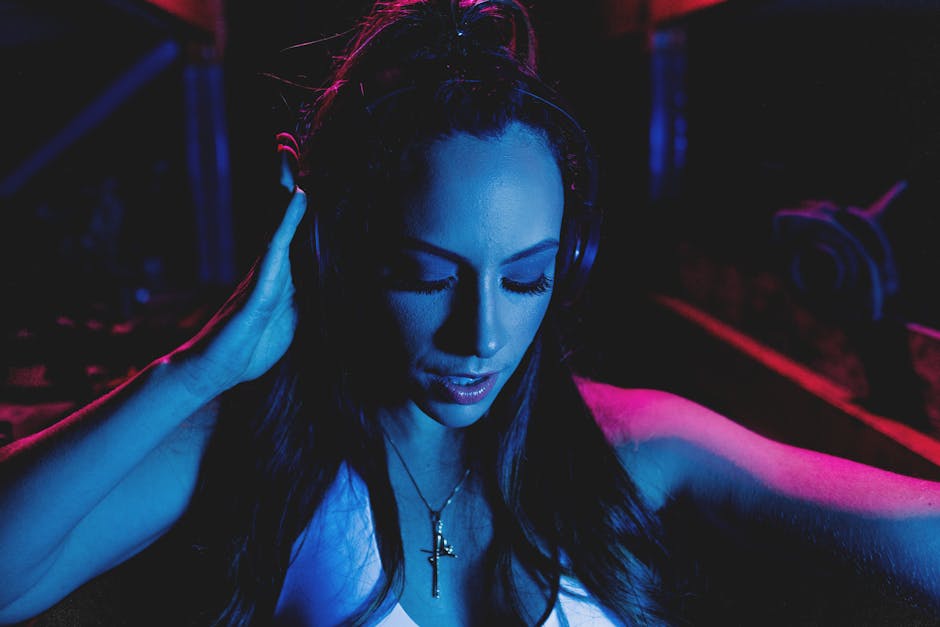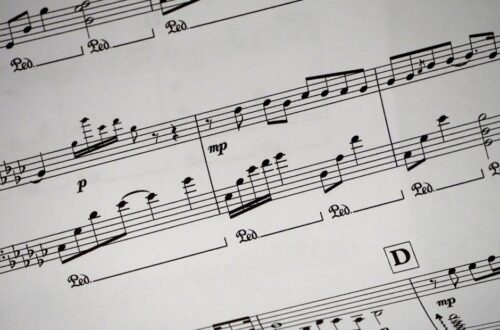Sound and score highlights are at the heart of what makes cinematic storytelling so immersive. From the earliest days of silent film to today’s cutting-edge streaming dramas, the orchestration of sound and music has shaped the way audiences experience the flow of a scene. On Scene Flow – Scenlo, where TV & Film Reviews, Nostalgia, and Storytelling Flow meet, we dive deep into how sound and score drive the emotional and narrative momentum that keeps viewers on the edge of their seats.
The Role of Sound and Score in Scene Flow
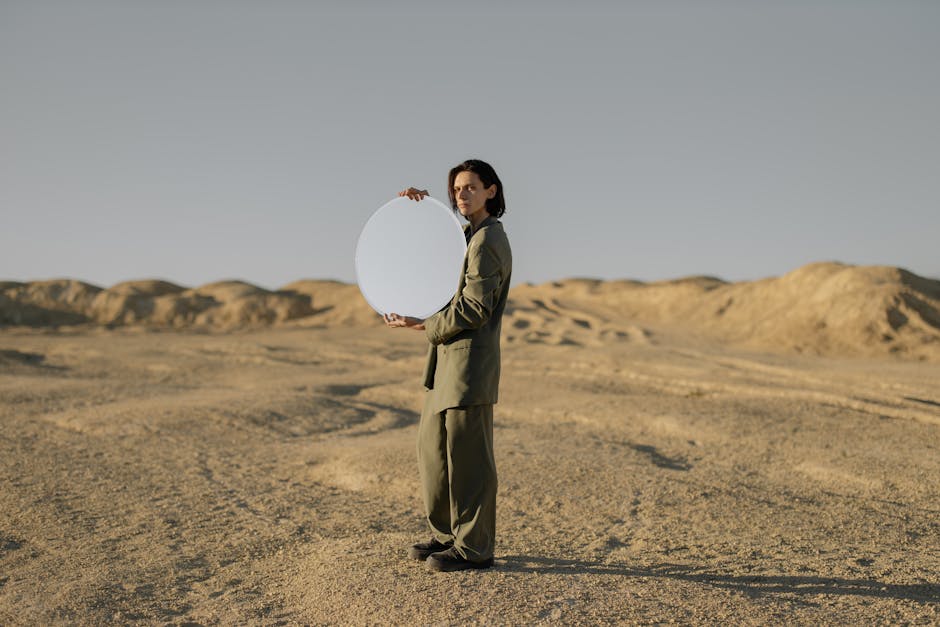
Photo by cottonbro studio on Pexels
Every memorable film or TV moment is made unforgettable not just by what we see, but by what we hear. Sound and score are the invisible hands guiding our emotions, underscoring dramatic tension, and ensuring that the story flows seamlessly from one moment to the next. Scene flow, in its essence, is about the smooth progression of narrative moments, and sound is its secret engine.
In the world of filmmaking, the term “scene flow” refers to the way a story transitions naturally between scenes, maintaining continuity and emotional resonance. While editing and visual cues are crucial, the auditory landscape—dialogue, ambient noise, sound effects, and especially the musical score—plays an equally vital role. A well-placed musical motif can signal a shift in tone, foreshadow an upcoming twist, or help the audience process a character’s internal journey.
Consider how a sudden crescendo in the score can heighten suspense just before a reveal, or how a lingering note can evoke a sense of loss or longing. These choices are rarely accidental; they are the result of careful collaboration between directors, composers, and sound designers who understand how sound and score shape the audience’s perception of time, space, and emotion. The best filmmakers use sound not as an afterthought, but as a core storytelling device, ensuring that each scene flows into the next with purpose and power.
Techniques That Shape Sound & Score Highlights

Photo by Kadir Avşar on Pexels
The craft of integrating sound and score into scene flow involves a blend of artistry and technical precision. Here are some of the most influential techniques filmmakers use to create standout sound and score highlights:
- Leitmotif: Assigning specific musical themes to characters, locations, or ideas. This helps audiences subconsciously track developments and relationships. Think of the ominous two-note motif in “Jaws” or the heroic fanfare in “Star Wars.”
- Diegetic vs. Non-Diegetic Sound: Diegetic sounds originate within the story world (a radio playing in a scene), while non-diegetic sounds (the score) exist outside it. Clever filmmakers blur these lines to enhance immersion, such as when a character turns off a radio and the score fades with it.
- Sound Bridges: Using audio cues to connect two scenes, often by starting the sound from the next scene before the visual cut happens. This technique maintains narrative flow and can create anticipation or irony.
- Motivic Development: Evolving a musical theme as the story progresses. A simple melody might become more complex or dissonant as a character faces challenges, mirroring their journey.
- Silence as a Tool: Sometimes, the absence of sound is the most powerful choice. Silence can create tension, highlight a character’s isolation, or mark a dramatic turning point.
- Spatial Sound Design: Placing sounds within the stereo or surround field to guide the viewer’s attention, making the world of the film feel three-dimensional and alive.
These techniques are not used in isolation. The best films and series layer them, creating a tapestry of sound that moves the story forward. The result is a viewing experience where the audience is not just watching a story unfold—they are feeling it in real time.
Iconic Examples: Sound & Score Highlights That Defined Scene Flow
![]()
Photo by Photo By: Kaboompics.com on Pexels
Throughout film and television history, certain works stand out for their masterful use of sound and score to enhance scene flow. Let’s explore a few iconic examples:
- “Psycho” (1960): Bernard Herrmann’s screeching strings in the shower scene are legendary, not just for their shock value but for how they punctuate the violence and psychological terror. The music is inseparable from the scene’s impact.
- “Inception” (2010): Hans Zimmer’s score uses a recurring, time-stretched motif that blurs the boundaries between dream and reality. The music’s ebb and flow mirror the film’s layered narrative structure, guiding the audience through complex transitions.
- “Stranger Things” (TV Series): The synth-heavy score channels 1980s nostalgia while establishing a sense of mystery and suspense. Key scenes use musical cues to signal the presence of the supernatural, making the transition between the ordinary and the extraordinary seamless.
- “The Lord of the Rings” Trilogy: Howard Shore’s use of leitmotifs for different cultures and characters creates a musical map of Middle-earth. The score evolves as the story progresses, reinforcing the epic scope and emotional stakes.
- “Breaking Bad” (TV Series): The show’s sound design is meticulous, using silence and subtle ambient noise to heighten tension. Music is used sparingly but effectively, often signaling shifts in character dynamics or moral ambiguity.
These examples demonstrate how sound and score highlights can become as iconic as the visuals themselves. They shape our memories of scenes, influence our emotional reactions, and often become cultural touchstones in their own right.
The Science of Sound: Why Sound & Score Highlights Work
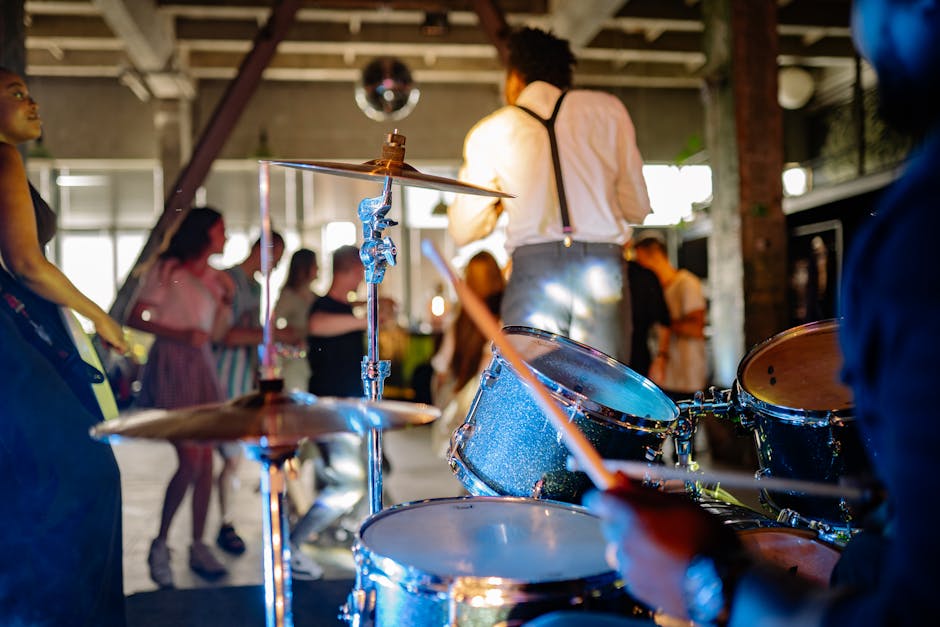
Photo by Yan Krukau on Pexels
Why do sound and score highlights have such a profound effect on us? The answer lies in both psychology and physiology. Human brains are wired to respond to music and sound cues—rhythm, melody, and harmony can trigger emotional responses, evoke memories, and even alter our perception of time.
When a film uses a recurring musical theme, our brains begin to associate that melody with a particular character or emotion. This is why a simple motif can bring us to tears or fill us with dread, even before the story reveals what’s about to happen. Sound also helps us process the passage of time in a story, smoothing over cuts and transitions so that the narrative feels continuous and coherent.
Beyond music, the placement and quality of sound effects—footsteps echoing in a hallway, the distant rumble of thunder, the subtle hum of a city—create a sense of place and atmosphere. These auditory details ground us in the story world, making the visual flow of scenes feel natural and immersive. In essence, sound and score highlights work because they tap into deep-seated patterns in human perception, making storytelling not just a visual experience, but a multisensory one.
Crafting Your Own Sound & Score Highlights: Lessons for Creators
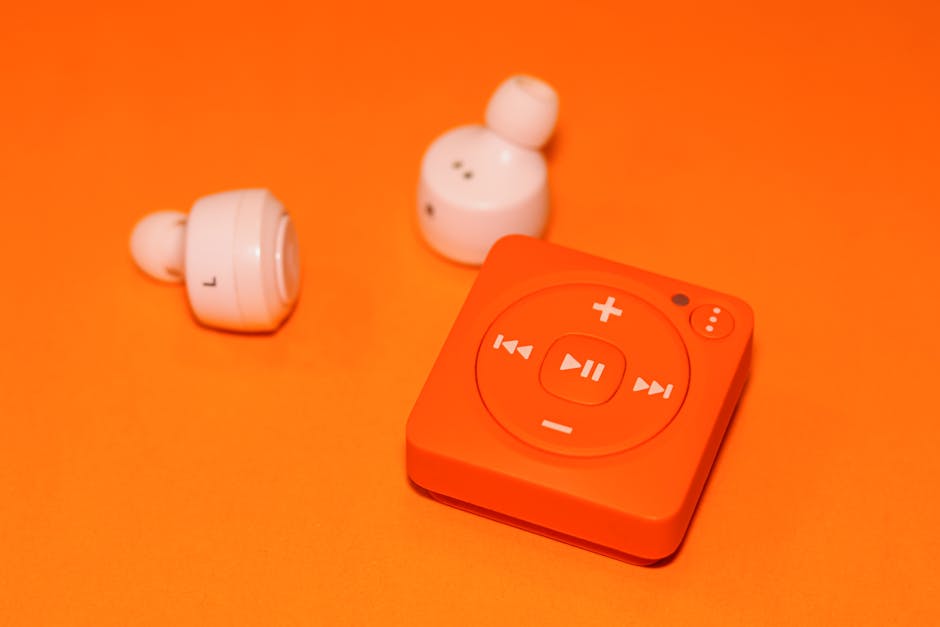
Photo by Tom Swinnen on Pexels
For filmmakers, composers, and sound designers, mastering the art of sound and score highlights is both a creative challenge and a technical pursuit. Here are some key lessons for those looking to elevate their own work:
- Start with Story: Every sound and musical choice should serve the narrative. Ask what emotion or idea you want the audience to feel in each scene, and design your soundscape accordingly.
- Collaborate Early: The best results come from close collaboration between directors, editors, composers, and sound designers. Bring your sound team into the creative process from the beginning, not as an afterthought.
- Experiment with Silence: Don’t be afraid to use silence strategically. It can be as powerful as the most dramatic score.
- Think Spatially: Use stereo and surround sound to guide the audience’s attention and create a sense of space. Modern tools make it easier than ever to place sounds precisely within the audio field.
- Respect the Flow: Remember that sound and music are crucial for maintaining scene flow. Use audio cues to smooth transitions, build anticipation, and reinforce the emotional throughline of your story.
- Stay Inspired: Study the masters. Watch films and shows known for their sound design. Listen actively, and ask yourself how each sonic choice shapes your experience of the story.
By approaching sound and score highlights as integral elements of scene flow, creators can craft stories that resonate deeply with audiences and stand the test of time.
The Future of Sound & Score Highlights in Cinematic Storytelling
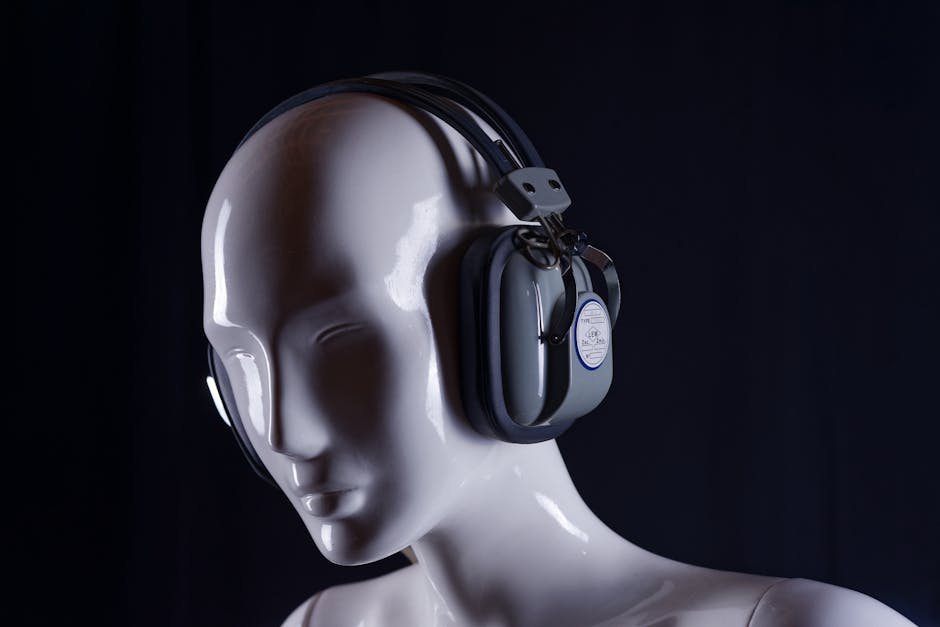
Photo by Vintage Stories on Pexels
As technology evolves, so does the art of sound and score highlights. The rise of immersive audio formats like Dolby Atmos and advancements in AI-driven sound design are opening new creative frontiers. Filmmakers can now place viewers at the center of the action, using sound to create truly three-dimensional story worlds.
Streaming platforms and digital distribution have also democratized access to high-quality sound tools, allowing indie creators to experiment with ambitious soundscapes. Virtual reality and interactive storytelling are pushing the boundaries even further, making sound an active participant in the narrative rather than a passive backdrop.
Yet, for all the technological advances, the core principles remain unchanged: sound and score highlights are about emotional connection, narrative clarity, and the seamless flow of story. As long as filmmakers continue to innovate while honoring these fundamentals, the future of cinematic storytelling will remain as vibrant and impactful as ever.
Conclusion: The Enduring Magic of Sound & Score Highlights
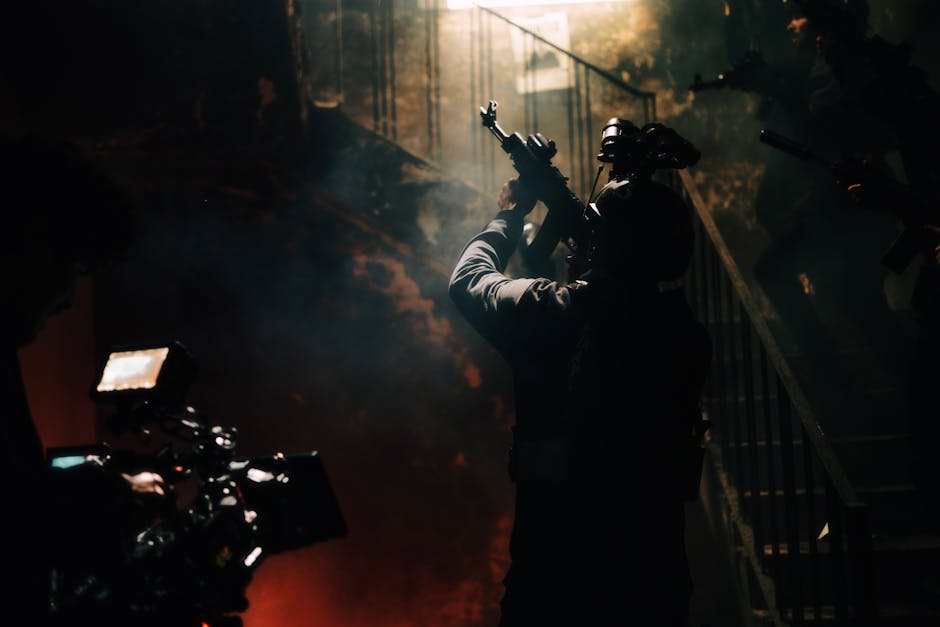
Photo by Wolrider YURTSEVEN on Pexels
Sound and score highlights are more than technical achievements—they are the soul of cinematic scene flow. They guide our emotions, shape our memories, and transform moving images into unforgettable stories. Whether you’re a filmmaker, a composer, or a passionate viewer, paying attention to the soundscape of your favorite films and shows reveals a hidden layer of artistry that is always worth celebrating.
At Scene Flow – Scenlo, we believe that every great story deserves a soundtrack that moves us. As you revisit your favorite scenes or discover new ones, listen closely—the magic is in the flow.
Sources
- https://scenlo.com/the-art-of-scene-flow-how-sound-and-score-shape-cinematic-storytelling/
- https://scenlo.com/the-evolution-of-scene-flow-from-basic-motion-tracking-to-modern-filmmaking-techniques/
- https://elements.envato.com/learn/flow-movie
- https://www.youtube.com/watch?v=4vpqa2oYuMY
